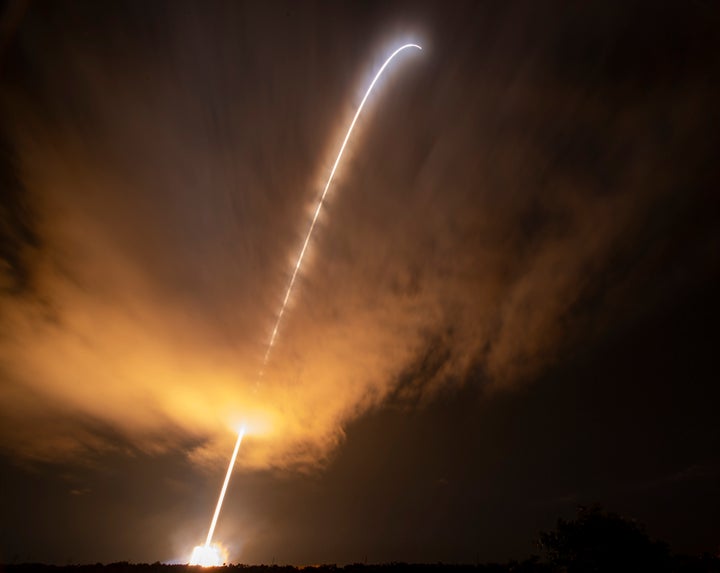
NASA has done it again, and just achieved something truly out of this world – and almost out of this solar system.
That’s because its Parker Solar Probe has just managed to “vacuum up” space dust scientists believe is left over from the formation of our solar system.
The probe travelled through “one of the most powerful coronal mass ejections ever recorded”, according to the space agency.
A coronal mass ejection is an explosive outburst of plasma and magnetic field coming from the Sun.
And this particular explosive moment pushed the dust to around six million miles from the Sun, but NASA explained on its website that it was “replenished almost immediately by the interplanetary dust” hanging around our solar system.
The space agency posted on X, formerly Twitter, to celebrate this moment, writing: “Another first!
“Our Parker Solar Probe flew through an eruption from the Sun, and saw it ‘vacuuming up’ space dust left over from the formation of the solar system.
“It’s giving @NASASun scientists a better look at space weather and its potential effects on Earth.”
In a follow-up comment, NASA explained: “No other spacecraft has done this and it’s letting us see how the Sun’s energy interacts with nearby dust particles that were left over from comets and asteroids!”
This dust is scattered across the solar system and – to make it even more spectacular – it has a faint glow called a “zodiacal light” which can be spotted before sunrise or after sunset.
The scientists even had to turn down the brightness in the images captured by the probe’s camera as the dust reflects the light around it.
This is a major step in space weather predictions, as it helps the science community understand how interplanetary dust affects the shape and space of an outburst from the Sun.
Hopefully, as the Sun increases its solar maximum in its 11-year cycle – meaning more sunspots and solar activity – the probe will be able to collect even more data, so NASA can see how the Sun’s activity impacts the Earth’s environment.
